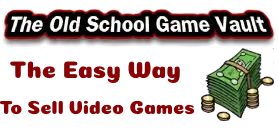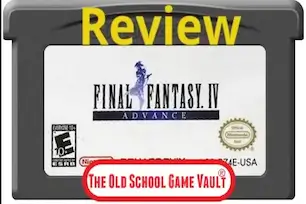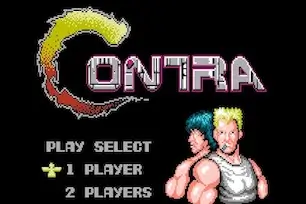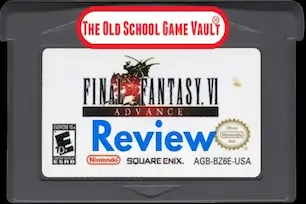Shining Force Resurrection of the Dark Dragon gba is a classic turn-based strategy RPG that has captivated players since its release.
This game builds upon the legacy of the Shining Force series, offering engaging gameplay and memorable characters.
In this review, we will explore the game mechanics, characters, and overall experience.
TL;DR – Shining Force GBA: Why It’s Still Worth Playing
- This GBA remake delivers classic turn-based tactical gameplay with steampunk-fantasy flair and strong replayability.
- A massive cast of characters with unique designs (including mech fighters and baby dragons) keeps team-building fun and strategic.
- Party management involves trade-offs: weak starters may grow strong, while some top-tier allies join later in the game.
- The storytelling blends light fantasy with hidden depth, enhanced by a card-collecting system that rewards exploration and NPC engagement.
- If you enjoy Fire Emblem, Final Fantasy Tactics, or Advance Wars, this is a must-play GBA strategy title that still holds up today.
If you're seeking a compelling tactical RPG, keep reading to discover why this title deserves your attention.
We’ll also provide insights from this Shining Force guide to help you navigate your play through.
The Table of Contents
Mastering the Gameplay of Shining Force GBA
Exploring Shining Force GBA Gameplay Mechanics and Features
Shining Force Advance was one of the first turn-based tactical RPGs, following the original Fire Emblem: The Blazing Blade (never released outside Japan) by two years, though its developers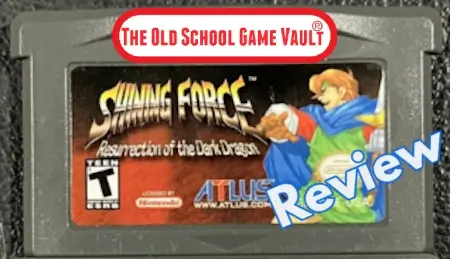 deny Shining Force was being influenced by Fire Emblem.
deny Shining Force was being influenced by Fire Emblem.
This game, along with others like Golden Sun on GBA, helped create the role-playing game (RPG) genre. It combined strategy, engaging stories, and character growth. This set a foundation for future RPGs and inspired many gamers.
Seeking a Tactical RPG Experience
I came to Shining Force Advance looking for a game similar to the Fire Emblem GBA titles, and though I like the Fire Emblem games a bit more, I didn’t walk away from my first Shining Force play through disappointed.
Shining Force Advance for GBA is a solid tactical RPG with a fun fantasy/steampunk story and a respectable degree of replayability. It’s likely to please a fan of Fire Emblem, Final Fantasy Tactics Advance, and turn-based strategy more generally, and while it won’t be a revelation to fans of the genre.
It has enough unique gameplay and style to make it feel like its own experience, not just a copy or replacement.
Shining Force Characters: A Closer Look at the Diverse Cast
It centers around about 30 standard turn-based strategy battles, where you control a party of up to twelve fighters (you start with fewer).
The selection of characters offers enjoyable diversity, with flying warrior birds, a kooky inventor/aviator, a steampunk-ish mech fighter, a floating jellyfish-type creature you can unlock by hatching him from an egg, a buglike assassin, and a baby dragon, among others, alongside more standard mages, archers, centaurs (cavalry), and warriors.
Character Development and Strategy
Strategic Character Development in Shining Force: Tips and Insights
In between battles, you can explore towns. You can talk to NPCs, buy items, and get equipment. You can also look around a simple world map for hidden characters. Some battle scenes are common, while others are creative.
For example, you might face an army of evil puppets in a circus tent or a tight spot on a mountain bridge protected by a powerful laser cannon.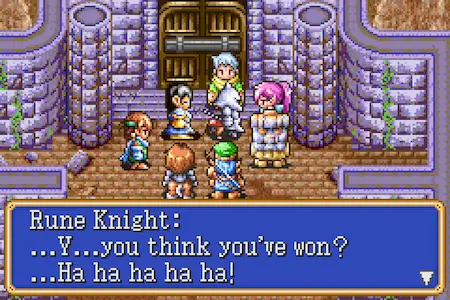
Character development in Shining Force can be seen as either a weakness or a strength. Some characters start out weak but level up robustly; others start strong but fall behind over time, and some start and end weak (especially Jogurt. Never use Jogurt).
You will quickly have more characters than party slots, and once a character falls behind, it’s a hassle to catch them back up within one play through, so unless you’re consulting an online FAQ or in for multiple walkthroughs, there’s a fair amount of guesswork to the party development in a first play.
Party Selection Challenges in Shining Force: Managing Your Team Effectively
On the other hand, the first play through isn't terribly hard (unlike New Game Plus, I hear), so party selection mistakes aren't fatal. Also, you can pay to resurrect fallen characters after a battle, so it's not madness to take a weak character into battle to get them a couple levels' worth of experience even though they'll probably get slaughtered before the battle's end (though this can affect the card-collection mechanic).
And the variety of characters and the intricacy of figuring out how they develop over time and how different party configurations work in different battles adds a lot of replayability for players into those aspects of strategy, especially in the harder New Game Plus.
Storyline and Narrative
The Intriguing Story of Shining Force: Resurrection of the Dark Dragon
Shining Force’s plot is entertaining, with a bit of depth under a generous helping of light fantasy fluff. The protagonist Max is a warrior with amnesia caught up in a resistance struggle against a nation suddenly seeking world domination to secure a mysterious dark power.
Shining Force GBA features a layer of ancient steampunk-ish tech under the fantasy setting that links to a plot reveal that isn’t half bad (but that was apparently missing from the original 1992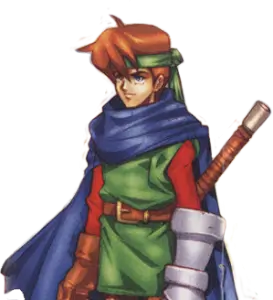 English translation!).
English translation!).
One cool element to Shining Force’s storytelling is the ability to delve into individual characters’ backstories between battles by talking to them at the party HQ.
You can follow up with characters that interest you and ignore those that don’t, though once a character’s been KOed in battle, you won’t get any more installments of backstory from them (and other factors play into when characters will or won’t open up to Max).
Card Collection in Shining Force: Dark Dragon Cards Explained
The card-collecting mechanic added for the GBA version, which supports a new character who fights using cards to channel the powers of other characters.
Talking to characters in Shining Force is one of the most frequent sources of new cards, so pursuing story can help you strategically, and seeking cards leads to exploration of the characters’ stories.
However, it seemed to me that the card mechanic (and character) weren’t all that helpful in a first play through, so this may be more interesting to people intending a New Game Plus as opposed to a single run through the game (and the fact that a single KO can prevent you from getting a character’s card and backstory adds frustration or challenge to this system, depending on how you look at it).
Personal Experience and Reflection
My Experience with Shining Force: Character Choices and Strategies
During my play through, I found it useful to let go of most of my first group of characters. I did this in the second half of the game to make room for stronger characters that joined later. I built my team with a few strong tanks and damage-dealers. I also included some characters that seemed much weaker in almost every way.
This situation felt unbalanced. I would have liked all characters to have a mix of strengths and weaknesses, instead of having six strong fighters and six weaker ones. I think this is at least partly an imbalance in the game, though it may also be partly my not managing the character development system perfectly.
FAQs - Your Shining Force Guide
What game is better: Shining Force GBA or Fire Emblem GBA?
- Fire Emblem. While both are strong tactical RPGs, Fire Emblem is often praised for its deeper character development and more refined battle mechanics.
Is Shining Force Advance a remake?
- Yes — Shining Force Advance is a remake of the original 1992 Sega Genesis game, Shining Force: The Legacy of Great Intention, with updated graphics and some balance adjustments.
When did Shining Force Advance: Resurrection of the Dark Dragon release?
- Shining Force Advance: Resurrection of the Dark Dragon was released in November 2004.
How long does it take to beat Shining Force Advance: Resurrection of the Dark Dragon?
- It took me around 26 hours to complete the game, including optional battles and some character promotion grinding.
Conclusion - Is Shining Force Advance worth playing?
We rate Shining Force Advance a well-earned 8.3/10 — a confident ★★★★☆ on our tactical RPG scale.
The game has really aged well; the core mechanics are still fun, especially for enthusiasts of old video game consoles. So if you're a fan of turn-based strategy, Shining Force Resurrection of the Dark Dragon for Game Boy Advance is worth a look.
Final Thoughts on this Shining Force GBA Review
The game has really aged well; the core mechanics are still fun. So if you're a fan of turn-based strategy, Shining Force: Resurrection of the Dark Dragon for Game Boy Advance is worth a look.
This GBA game is part of a big series of Shining Force games that cover many genres and platforms. If you enjoy this one, there are many more games in the series for you to try!
About Us - A Good Place to Sell Vintage Video Games
Looking to sell GBA games? The Old School Game Vault offers fair prices for Game Boy Advance titles, consoles, and accessories.
Not sure if your game is real? Use our Fake GBA Games Guide to check for fakes before you trade in.

